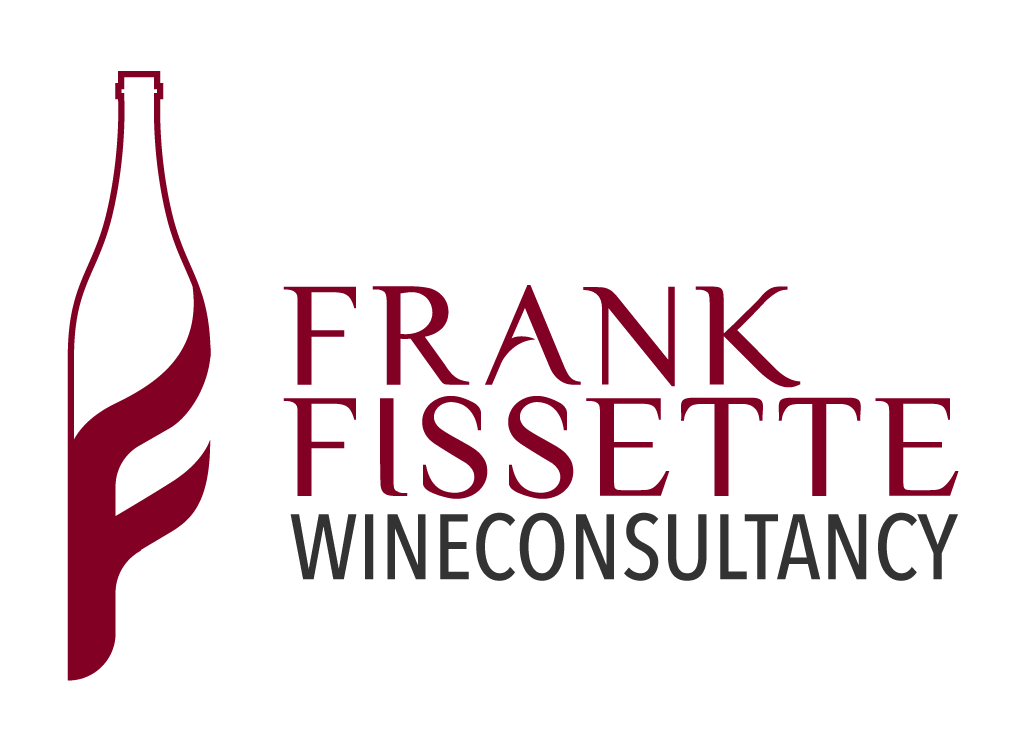The northernmost French wine-growing region, Champagne, gave its name to the most famous sparkling wine in the world. The center of the region is Reims, located 140 km east of Paris.
The area is divided into 4 sub-regions. Montagne de Reims, Vallée de la Marne, Côte des Blancs and Côte Sézanne and Côte de Bar.
The 3 most important Champagne grapes are 99% of the 35,280 hectares of vineyards: Pinot Noir (38%), Pinot Meunier (33%) and Chardonnay (28%). The secret of the success of Champagne lies in the combination of the soil (craie à bélemnites) or also called very calcareous soil, which ensures perfect drainage. The soil generally contains a high proportion of lime and the northern climate is ideal because the base wines have very little alcohol and are therefore perfect for the second fermentation in the bottle. The region is also rich in numerous microclimates, which ensures a great diversity of wines.
At the moment, 634 municipalities are allowed to process the grape must into Champagne, but the grapes themselves may come from 'only' 319 municipalities within the area. The 19,000 winegrowers mainly supply their grapes to the Champagne houses, which, however, can only claim 10% of the total vineyards as their property.
The quality pyramid divides Champagne into Grand Cru (17 municipalities) and Premier Cru (38 municipalities) and 'normal' AOP Champagne. Most Champagne, of the 300 million bottles annually, is the BSA (Bruts Sans Année) because many of the Premier Cru wines are assembled in 1 cuvée.
This Champagne is a blend of grapes from different vintages. The aim of this BSA is to be able to offer a similar quality every year and to define a house style that is recognizable to the consumer. If the producer has a more outspoken style in mind, he makes a “Millésimé” Champagne in certain years, stating the vintage. Usually this is a better quality Champagne.

